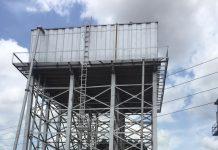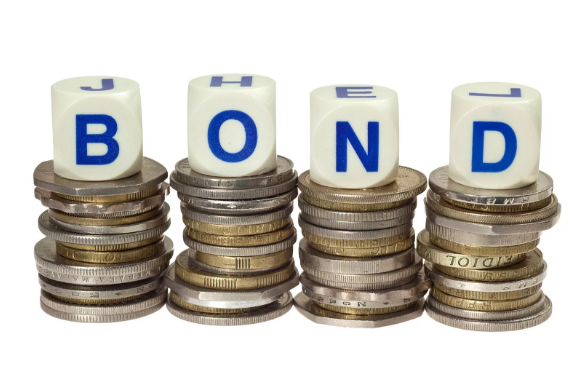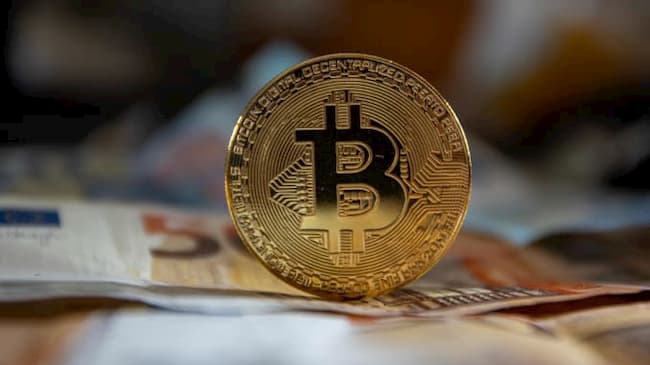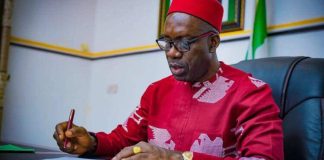Global equities, on Wednesday, December 14, froze ahead of the Federal Reserve’s final meeting of the year, where the U.S. central bank is expected to raise interest rates for the first time since 2015.
Futures suggested the Dow Jones Industrial Average would open less than 0.1% lower after the blue-chip index climbed to its 25th record close of 2016.
The Dow reached as high as 19953.75 during Tuesday’s trading, within striking distance of the 20000 mark for the first time, Bloomberg reports.
Markets in Europe and Japan were little changed after settling close to one-year highs, while the dollar inched down 0.1% and gold added 0.3%.
A decision by the Fed not to act later Wednesday would come as a major shock to financial markets, with Fed-fund futures signaling a 91% chance of a quarter percentage point rate rise, according to CME Group.
Focus is instead likely to lie with the Fed’s policy statement, economic forecasts and press conference for insight into the course of rates in the coming years.
Equity markets have rallied since the U.S. election on the belief that the president-elect’s proposals to cut corporate taxes and ramp up fiscal stimulus will accelerate growth and inflation—factors that could also speed up the pace of interest rate rises.
While higher rates tend to drag on equity market valuations, most investors expect the pace of interest rate rises next year to be gradual, allowing companies to adjust.
The yield on the 10-year U.S. Treasury note fell to 2.446% Wednesday from 2.479% on Tuesday, its highest since June 2015. The rate-sensitive two-year yield was steady at 1.164%, from 1.169%, its highest settlement since 2010. Investors sold short-term debt and migrated cash into long-term bonds Tuesday, a move often associated with tighter monetary policy.
German 10-year bund yields inched down to 0.314% from 0.356%, while Japanese 30-year yields fell to 0.724% from 0.8% Tuesday, as the Bank of Japan moved Wednesday to stem a recent climb in yields. This was its first attempt to guide rates lower on bonds with more than 10 years left until maturity since it began its policy experiment in September.
















